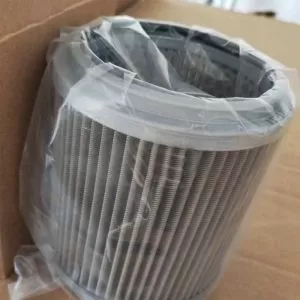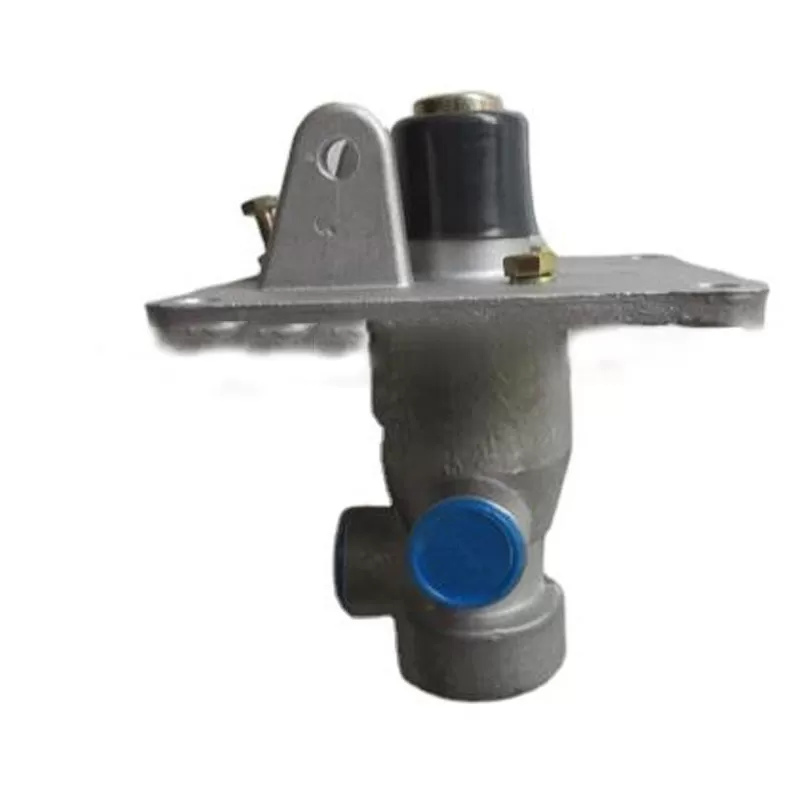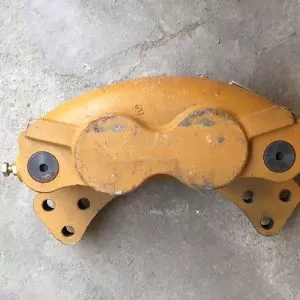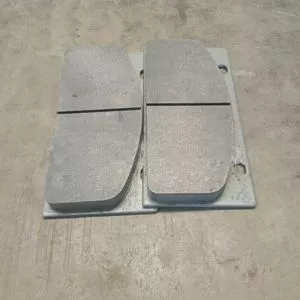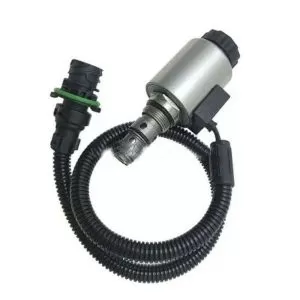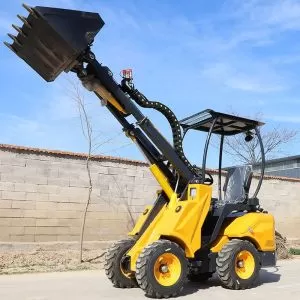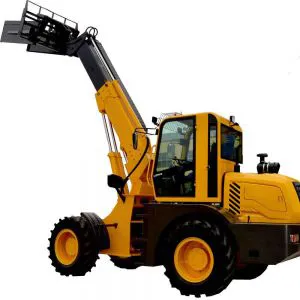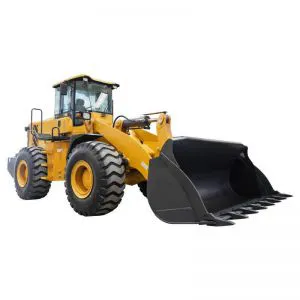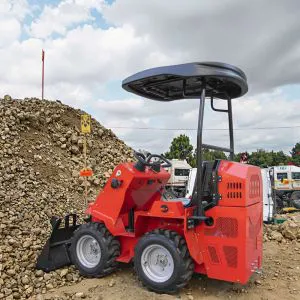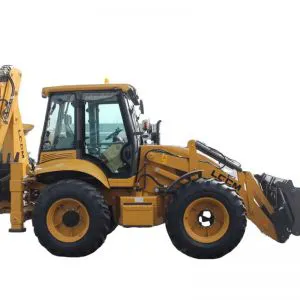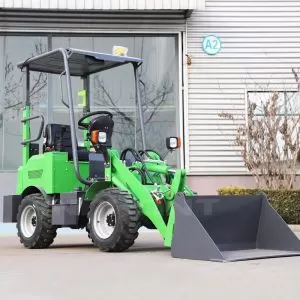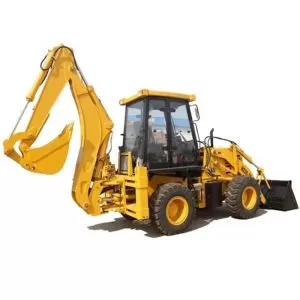Show description
Loader is a kind of engineering machinery widely used in construction, mining, agriculture and other industries, which is mainly used for loading, transporting and unloading bulk materials, such as soil, sand and gravel, coal and so on. The loader picks up, transports and unloads materials through the front loading bucket, equipped with a hydraulic system to make the operation more flexible, widely used in land leveling, ore mining, waste disposal and other operations. According to different needs and operating environments, there are various types and configurations of loaders with different operating functions and adaptability.
Mini Loader
The mini loader is a compact loader suitable for sites with limited space and small working areas. Its compact size and flexibility make it suitable for landscaping, urban construction and small civil engineering projects. Although smaller than traditional loaders, the mini loader has high loading efficiency and powerful operating functions, and is suitable for light to medium-sized material handling tasks.
Backhoe Loaders
The backhoe loader combines the functions of a forklift and an excavator, with a bucket at the front and a backhoe digging device at the rear, making it suitable for multifunctional tasks. It can be used for digging, loading, bulldozing and other operations, and is widely used in urban infrastructure construction and rural road construction and other fields. The backhoe loader has high working efficiency and is suitable for the working environment of different terrains.
Wheel Loader
Wheel loader is the most common type of loader, with high maneuverability and driving speed, suitable for hardened roads, construction sites and other environments. It is wheeled, easy to operate and suitable for short and medium distance transportation tasks. Due to its stable structure and strong carrying capacity, wheel loaders are widely used in construction, mining and other industries, and are particularly suitable for earthmoving operations, material loading and other scenarios.
Skid Steer Loader
The skid steer loader (“skid steer loader” for short) is a four-wheel drive compact loader with a unique skid steering system that enables flexible steering capability. It is very suitable for narrow space operation, such as landscaping and urban road construction. Due to its small turning radius and high maneuverability, it is widely used in construction sites that require frequent turning and have limited space.
Front-end loader
Front-end loader refers to the loader that carries out loading, carrying and unloading operations through the front-end loading bucket. It is a typical form of traditional loader, widely used in construction, mining, agriculture and other industries, suitable for large-scale material handling. With a large loading bucket capacity and strong power system, front-end loaders are standard equipment in most construction and earthmoving projects.
Telehandlers
The telescopic loader has a telescopic arm that provides a longer working radius and higher working height than the standard loader. It is not only capable of performing regular loading and transportation tasks, but also more complex operations, such as working in high places and loading and unloading materials from deep trenches. The telescopic loader is widely used in elevated construction, large storage and other fields.
Sugar cane loader
Sugar cane loader is a special loader designed for sugar cane harvesting and transportation. It usually has a large loading bucket and an efficient gripping system, which enables it to move crops such as sugarcane quickly and efficiently. Sugarcane loader is widely used in agricultural planting, farmland management and agricultural products transportation, etc. It is an indispensable mechanical equipment in modern agriculture.
Loader Attachment
Loader attachments are various tools and attachments that can be used with the loader to enhance its operational versatility. These attachments include forklift arms, grapples, hydraulic breakers, bulldozers, buckets, etc. Different attachments enable the loader to perform different types of operations, such as demolition, excavation, and cleaning. Through the customization of these attachments, the loader is able to adapt to the needs of different working conditions and enhance the efficiency and scope of work.

